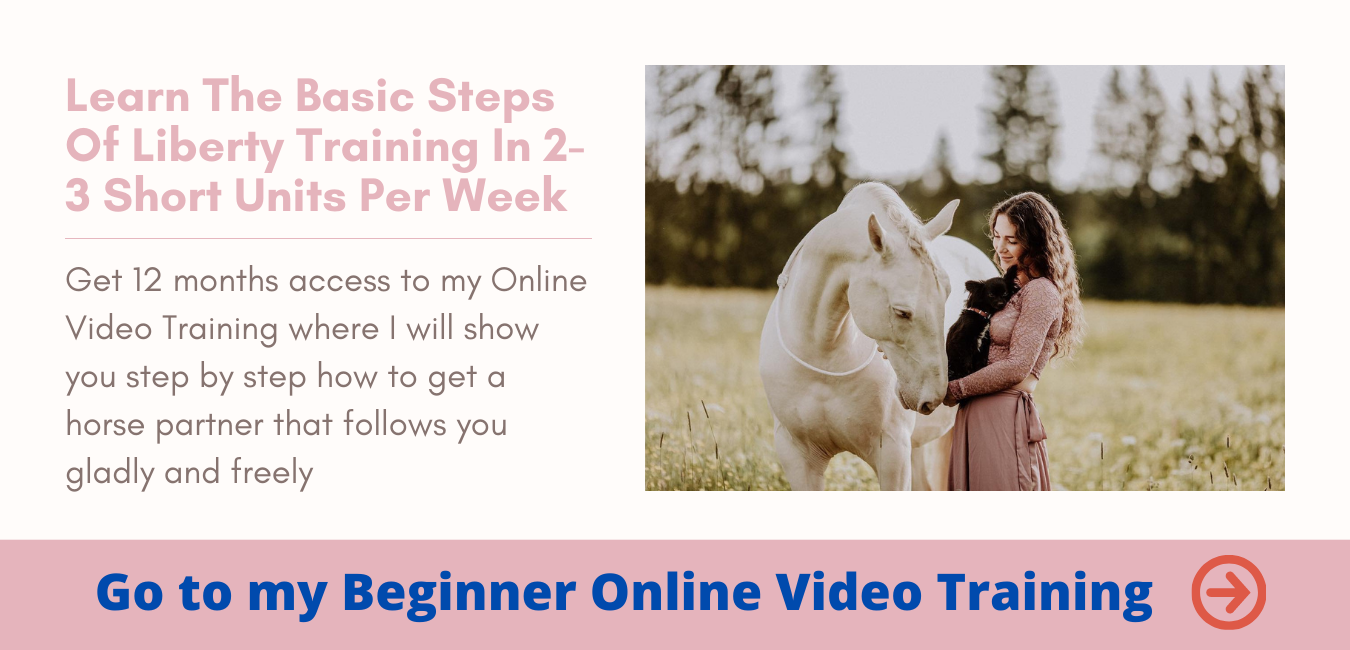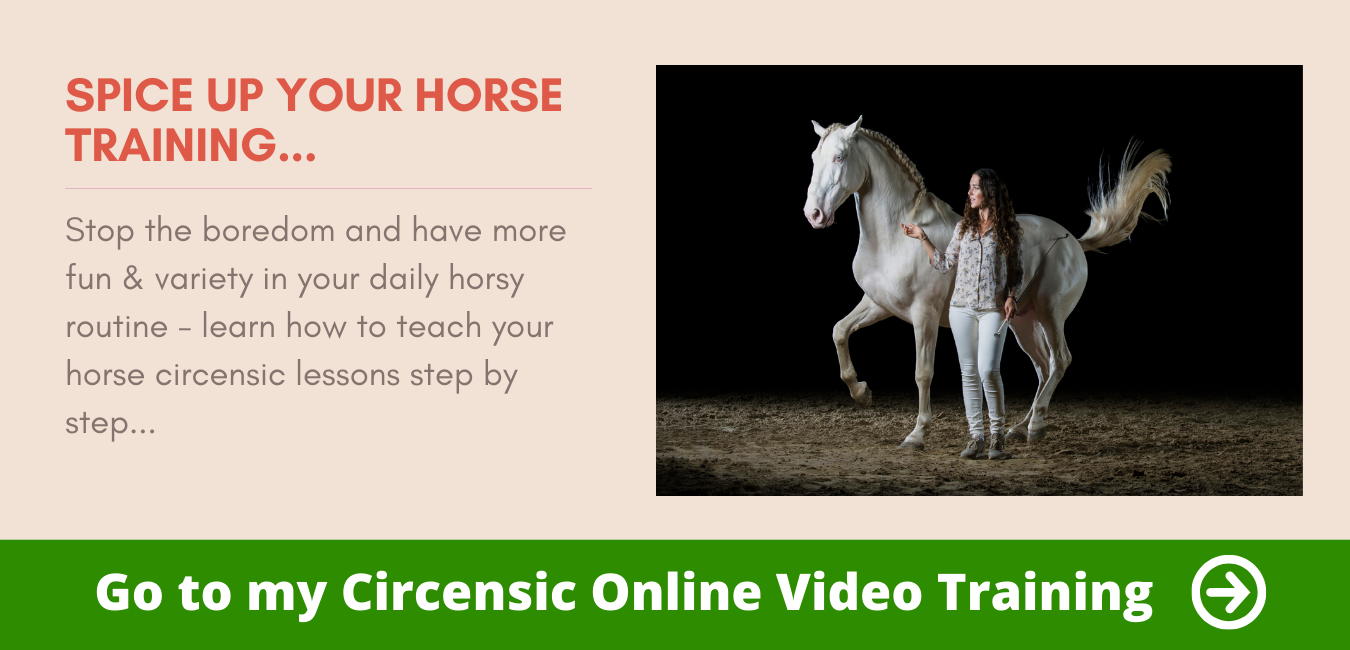Have you ever looked at your horse?
I mean, really watched him? What about when he rests? Does he move his front or hind legs in a certain direction, does he relieve one leg more than the other? Are the legs straight? And what is the angle of the shoulder?
Is there something different from other horses?
Maybe you think the same as me.
Because: Of course your horse does not have to be perfect!
After all, horses, like humans, are living creatures – which cannot be “perfect”.
We all have bigger or smaller construction sites and on some days it pinches and twitches here and there a bit more or less ?
But even if all our horses are not perfect, it still helps immensely if you know the “structural” weaknesses and strengths of your horse.
This is the only way you can respect and show consideration for the limits of your horse in your joint training – or help your horse with various exercises to become “better” in a certain area.
Young vs. old?
Of course, besides the exterior, the age of your horse is also relevant when it comes to what it can still perform.
I think it goes without saying that a 3-year-old horse is still much too young to be burdened in the same way as a horse at 12. The last growth joints in the horse’s skeleton do not close until the age of 7 – and of course we should take this into account in our daily training routine.
Furthermore, a young horse often lacks the necessary balance to circulate in a very small circle around you.
Of course you can and should work on it, but you should give your horse the necessary time to find his balance and only increase the level of difficulty little by little.
This means that in the beginning the big circle around you may have to be enough. Little by little you build a few smaller volts around you, in which your horse has to make a short effort before you send him out again.
The same applies to older horses, of course. Especially if your horse is already struggling with osteoarthritis or is getting stiffer and stiffer in winter, you should definitely adjust your training. Then the circles won’t be so small anymore and the pace will be a bit slower – after all, it’s all about you and your horse having fun together ?
Short vs. long back?
Perhaps you have also heard of the so-called square horses.
The Spanish horses belong more to the square horses and have a short back. This makes it easier for them to carry out assembly lessons like the piaffe or the school stop or similar things correctly. On the other hand they are harder to get loose – and the back is firmer.
Horses with a rather long back are usually much easier to swing through and are often easier to ride in a leaning position – however, they tend to hide behind the reins and it is harder for them to do the collection lessons. Exceptions confirm the rule! 😉
Shoulder angle vs. hand flexion?
The angle of your horse’s shoulder also says a lot about your possibilities in training, e.g. in terms of trot reinforcement and Spanish walk.
A very flat angle indicates that your horse has a lot of “shoulder freedom” and can lift his front legs relatively far up. A steep angle on the other hand usually limits this shoulder freedom more clearly.
Such a horse finds it difficult to become a “lamp-shooter” – because it is simply “not made for it”.
In the same way, a horse with very straight hands will find it very difficult to run really assembled. He can bend his hips and hind legs more poorly than a horse that is very bent – the load bearing requires much more training and we will probably never look as “light” as with a horse that has a natural predisposition for this.
As everywhere else, of course, exceptions confirm the rule.
These statements are very generalising – so they do not necessarily apply to your horse! However, it is extremely valuable for your training to make you aware of these points – and thus to support your horse in specific areas.
Good or bad?
No matter how your horse is built, you can never say that it is built “good” or “bad” – it all depends on what you want to train with your horse. Of course there are horses that are easier to train and others that are harder to train, but that doesn’t only depend on the exterior of the horse, but also on its character.
If your horse does not meet the “ideal” requirements, that is not bad at all!
It may just explain sometimes why your horse needs so much more training for an exercise than the stable neighbour or your great role model.
It doesn’t matter whether your horse is facing greater or lesser challenges in everyday life: I am convinced that every person gets the horse he needs to really develop himself personally.
Because in training with our horses we not only train our horse, but above all we train ourselves ?
We improve our qualities as leaders, become more confident or patient – our horse is always our mirror.
So don’t be frustrated if your horse takes a little longer in training. Maybe your horse can’t do this exercise in such a short time because of his exterior – or maybe you have more potential in you that needs to be activated.
So if your horse doesn’t want to run on a small circle around you in the future (or any other exercise), just ask yourself:
- Can my horse run such a small circle with its exterior?
- Does he have any health restrictions that make this exercise difficult for him?
- What do I have to do to make this exercise easy to understand for my horse?
- And what can I do to really motivate him?
I am sure that if you find answers to these questions, you will also know in which direction your training can, should and will continue in the future ?
Because horse training is so much more than technique! It is timing, balance, personality development, empathy and confidence all in one – and that’s what makes it so incredibly diversified and exciting!
With this in mind, have fun training your horse even more consciously!
[su_youtube url=”https://youtu.be/Jrj-U4QccqU”]
Your Kenzie




